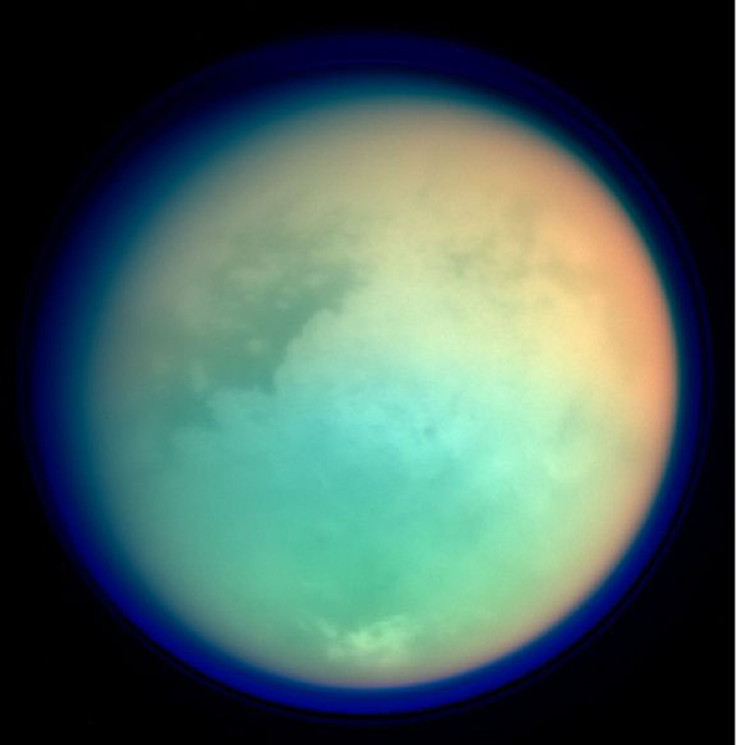Titan Escaping Saturn's Hold? Moon Drifting Away From Planet Much Faster Than Predicted

KEY POINTS
- Moons gradually migrate away from their host planets each year
- Outer moons like Saturn's Titan have been predicted to move away at much slower rates
- A new study shows that Titan is moving farther away from Saturn faster than predicted
- The study sheds light into how Saturn's system was formed billions of years ago
Moons very gradually travel further away from their host planet each year. However, data from the Cassini mission shows that Titan may be moving away from Saturn a hundred times faster than previously predicted.
When the Moon orbits the Earth, its gravity pulls on the planet, causing a temporary bulge. As time passes, this reaction is transferred from the Earth to the Moon, thereby pushing the Moon farther away. In fact, each year, the Moon moves farther away from the Earth by 1.5 inches or about 3.8 centimeters. The process, however, is so slow that there is no risk of the Earth losing the Moon.
Other planets with moons also experience the same effect, including Saturn, the moon king of the solar system with its 82 moons. For five decades, scientists have used the same formula to estimate how fast moons drift away from their host planets, with the theory suggesting that in planets with multiple moons, the outer moons are pushed away farther from the host planet at a much slower rate because they are farther from the host planet's gravity.
In the case of Titan, which is an outer moon, it has been predicted to be migrating away from Saturn at a rate of, at the most, 0.1 centimeters per year.
However, that might not actually be the case.

For a new study, two teams of scientists used different techniques to measure Titan's orbit for 10 years, both using data from the Cassini spacecraft. One team used the images taken by Cassini, while the other used a technique called radiometry.
"By using two completely independent data sets — astrometric and radiometric — and two different methods of analysis, we obtained results that are in full agreement," the study's first author Valéry Lainey of Paris Observatory, PSL University said, according to Phys.org.
The results showed that Titan is actually migrating away from Saturn at a much faster rate of 4 inches, or 11 centimeters, per year. This suggests that contrary to previous beliefs that moons like Titan formed at an orbit similar to where they are today, they may actually have formed much closer to Saturn, then the system expanded at a more rapid rate than previously predicted.
"This implies that the Saturnian moon system, and potentially its rings, have formed and evolved more dynamically than previously believed," study co-author Jim Fuller of Caltech said.
Fuller was also the one who, four years ago, predicted that outer moons move outward at a similar rate to the inner moons. Now, he is looking at whether the process is the same for exoplanet systems and binary star systems.
"The new measurements imply that these kind of planet-moon interactions can be more prominent than prior expectations and that they can apply to many systems, such as other planetary moon systems, exoplanets — those outside our solar system — and even binary star systems, where stars orbit each other , ” Fuller said, according to NASA.
The study is published in the journal Nature Astronomy.
© Copyright IBTimes 2025. All rights reserved.






















